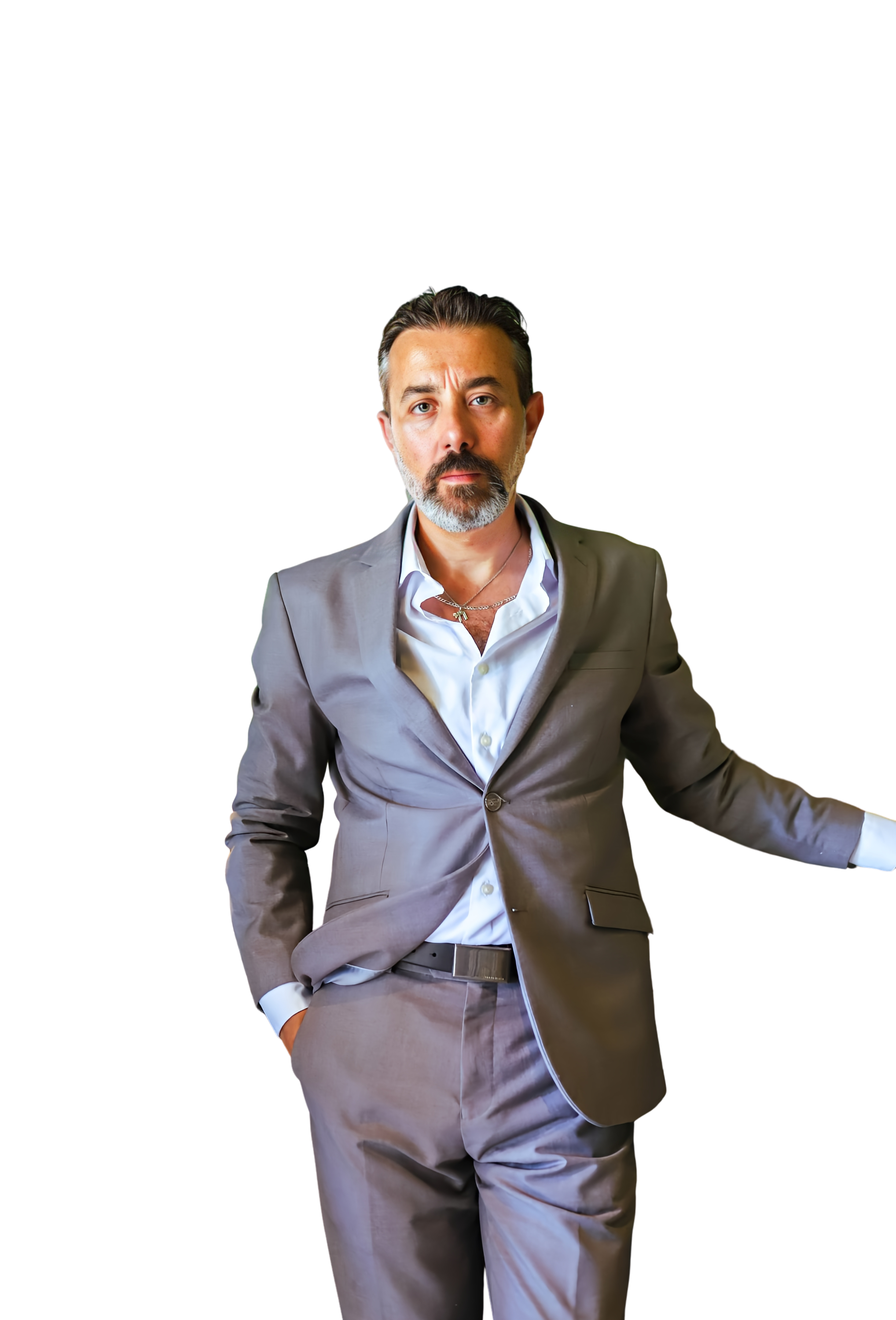The Art of Seeing: How to Recognize Patterns Before They Fully Form
- Ethan Starke
- Mar 1
- 4 min read
Updated: Jul 31
Some people seem to see the future before it happens. They predict industry shifts, identify cultural movements before they take off, and position themselves ahead of everyone else. To outsiders, it looks like luck or genius. But in reality, it’s a skill—one rooted in pattern recognition, cognitive agility, and deep observation.
Pattern recognition isn’t just for investors, business leaders, or visionaries. It’s something that anyone can develop. The ability to spot trends before they fully form is what separates those who react to change from those who shape the future.
But how do you train your brain to see what others miss? To answer this, let’s examine one of the most powerful studies on human thinking—and how visionaries use it to their advantage.

Why Most People Miss Patterns Until It’s Too Late
In Thinking, Fast and Slow, Daniel Kahneman explores the two systems of thinking that govern our decisions:
1. System 1 – Fast, Instinctive Thinking
Operates on autopilot, relying on intuition and shortcuts.
Quick to judge based on immediate impressions.
Helps in everyday life, but often overlooks deeper patterns.
2. System 2 – Slow, Analytical Thinking
Requires effort and focus to analyze information deeply.
Identifies complex relationships and patterns over time.
Used by investors, strategists, and high-level thinkers.
Most people default to System 1 thinking—reacting to what’s obvious now rather than what’s forming beneath the surface. This is why trends seem to appear suddenly when in reality, they were building for years.
Visionaries, on the other hand, train themselves to switch into System 2 thinking more often. They slow down, analyze, and connect dots that others ignore.
Case Study: How Investors & Visionaries Spot Trends Before They Emerge
The Early Bet on Netflix
In the early 2000s, the idea that people would stream movies online instead of renting DVDs was considered absurd.
Blockbuster executives laughed at Netflix’s proposal for a partnership, believing that people would always prefer physical rentals. But some investors saw the shift coming before it happened.
What They Saw That Others Missed:
✅ The rise of broadband internet – Faster speeds meant that buffer-free streaming was inevitable.
✅ Consumer frustration with late fees – People were already seeking convenience over tradition.
✅ Early adopters shifting behaviors – Even though streaming was slow at first, the trend was undeniable.
By the time the mainstream caught on, Netflix had already built the infrastructure to dominate.
This is how early pattern recognition works. The signs are always there—but only those who train themselves to look can see them.
How to Train Your Brain to Recognize Patterns Before They Fully Form
The good news? Pattern recognition isn’t an innate gift—it’s a learnable skill.
Here’s how to develop it:
1. Become an Observer, Not Just a Consumer
Most people passively consume information. Strategic thinkers analyze it.
✅ Instead of just reading the news, ask: What does this signal about the future?
✅ Instead of just watching trends unfold, track where they started and why.
✅ Instead of focusing on what’s trending now, look for what’s quietly growing in the background.
The best pattern recognizers see the roots before the tree grows.
2. Study How Past Trends Emerged
History repeats itself in cycles. The more you understand how past disruptions unfolded, the easier it is to recognize new ones forming.
✅ Look at past market shifts – What patterns preceded tech booms, cultural shifts, or industry disruptions?
✅ Analyze why industries change – What behaviors led to major transformations?
✅ Compare old trends to today – What emerging behaviors feel eerily similar to past shifts?
Visionaries don’t predict the future by guessing. They recognize the echoes of the past.
3. Develop Contrarian Thinking
If everyone already sees a trend, it’s too late to capitalize on it. The best opportunities come from seeing what others don’t.
✅ Train yourself to question assumptions.
✅ Ask: What’s missing from the dominant narrative?
✅ Look for ideas that seem "too early"—because that’s where opportunity lies.
When Jeff Bezos launched Amazon, most investors thought online retail was too small to matter. When Elon Musk pushed for electric cars, critics laughed at the idea of mass adoption.
Visionaries go against the crowd—because the crowd is usually late.
4. Think in Probabilities, Not Predictions
Most people make the mistake of looking for certainty. But the best pattern recognizers think in probabilities.
✅ Instead of saying “This WILL happen”, they think: “This has a 70% chance of unfolding.”
✅ Instead of waiting for proof, they act when the odds are stacked in their favor.
✅ Instead of reacting to current conditions, they anticipate what’s most likely next.
The goal isn’t to be right all the time—it’s to be early enough that when you’re right, it changes everything.
Final Thoughts: Seeing What Others Don’t
Most people don’t recognize patterns until they’ve already played out. They only react when the shift is too obvious to ignore.
But the greatest investors, business leaders, and visionaries see what’s coming before everyone else. They slow down, analyze deeply, and connect dots that others dismiss.
Pattern recognition is a skill of deliberate thinking, curiosity, and understanding history. The more you refine it, the more you’ll start seeing opportunities before they’re fully formed.
Because by the time everyone else catches up—it’s already too late.




